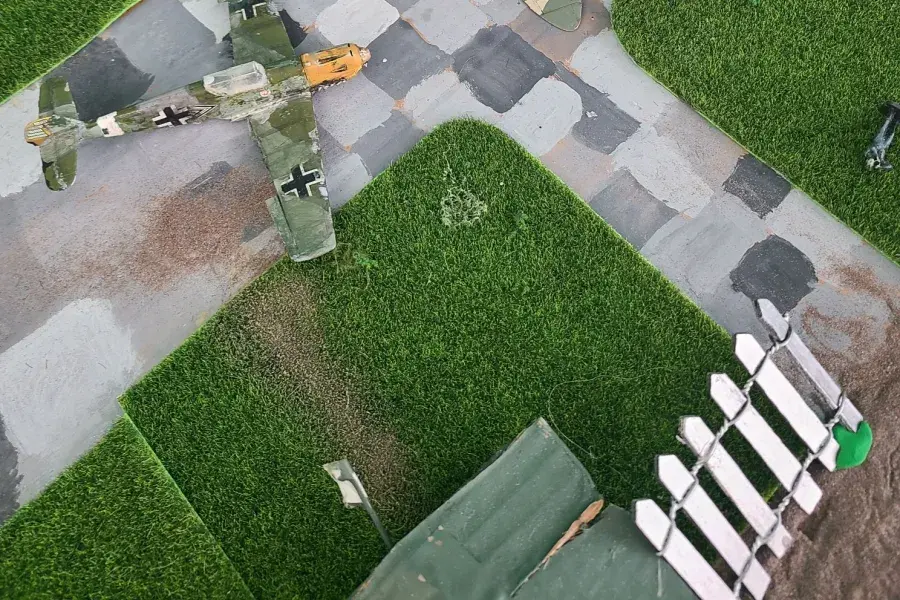The Power of Project-Based Learning: Bringing Education to Life
We continue our series of reflections on our pilot Thrive Education project, a 15-week Alternative Provision (AP) for young neurodiverse people struggling to attend school or who have partly dropped out, with a review of Project-Based Learning in action.
Animation at Thrive Education
Project-Based Learning (PBL) is an educational approach that engages students in real-world, meaningful projects. Instead of passively absorbing information, students actively explore complex problems, collaborate, and develop critical thinking and creativity. PBL fosters hands-on learning experiences that help students acquire deeper knowledge through exploration, problem-solving, and teamwork.
At Thrive Education, every afternoon is dedicated to a project-based learning experience centred around animation. The students embark on an exciting journey, developing their own animated stories from scratch. They are not just learning about animation but also exploring storytelling, visual arts, sound design, and digital synchronization.
The process begins with brainstorming a scenario. Students work together to shape a compelling narrative, considering how to translate ideas into images, dialogue, and music. Three distinct groups emerged, each tackling a unique and thought-provoking theme:
- A WWII story: This group created a historical animation set against the dramatic backdrop of the Dover Cliffs, featuring a fully designed RAF base. They researched historical elements to ensure accuracy and built stunning visuals to immerse viewers in the past.
- A hospital corridor mystery: Another team chose to explore the inner workings of the healthcare system, using their animation to question its challenges and provoke discussions on medical ethics and accessibility.
- Environmental and mental health awareness: The third group focused on the impact of climate change and its potential connection to mental health. Their animation aims to make viewers reflect on these critical global issues.
The Journey: From Idea to Animation
At the start, the process felt overwhelming. No one could envision the final product. Developing a storyline required an understanding of sequencing and process, skills that take time to develop. But with guidance, the students learned to structure their narratives, synchronize soundtracks, and use digital tools to bring their ideas to life.
Each afternoon, Thrive Education buzzed with creativity. One group meticulously painted a backdrop, while another recorded sound effects. Some students focused on animating characters, while others refined the storytelling elements. Slowly but surely, each animation took shape, transforming abstract ideas into compelling films.
A Grand Premiere Awaits
Next week marks the grand opening of these student-created animation films. Excitement is building as everyone looks forward to the screening - an event that promises to bring pride and achievement.
Could this be the Cannes of Southwark? We can’t wait to see what unfolds on opening night!
